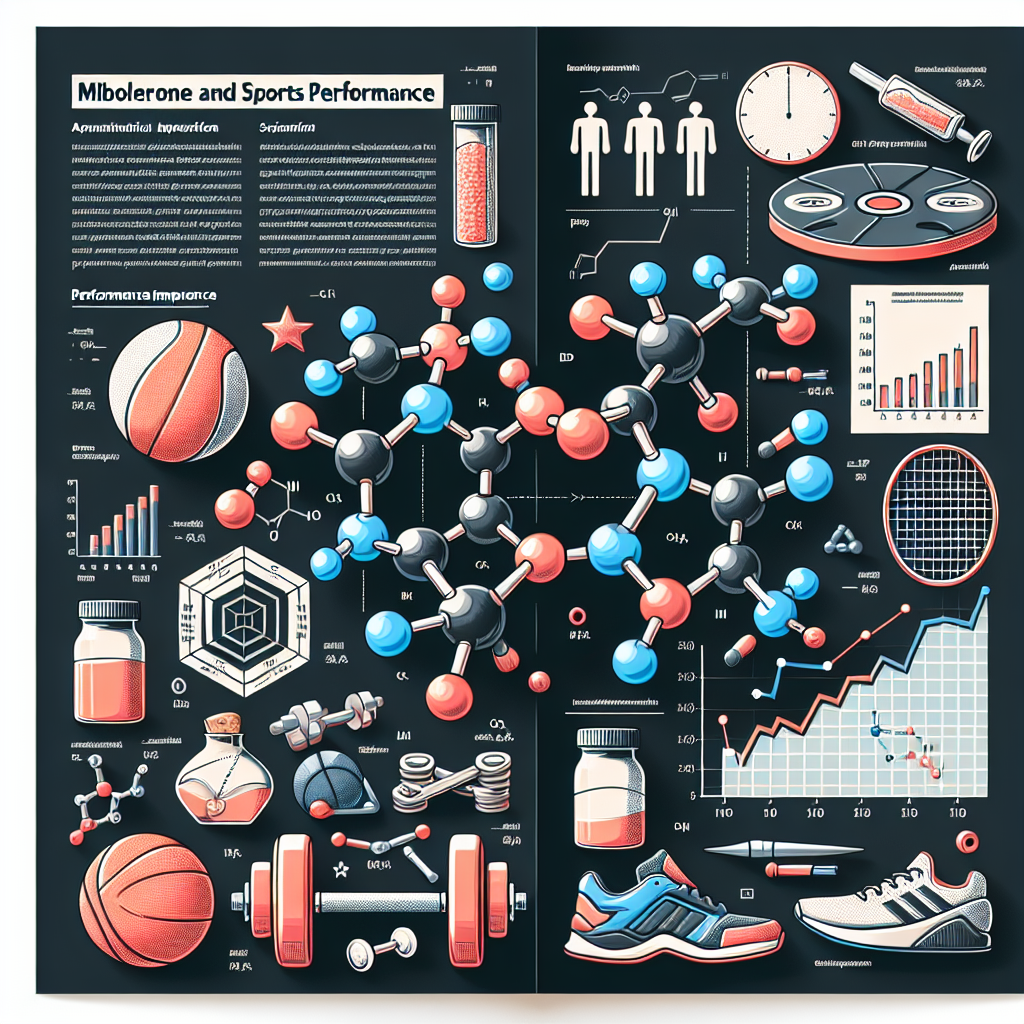-
Table of Contents
The Benefits of Tamoxifen in Increasing Muscle Endurance in Athletes
Athletes are constantly seeking ways to improve their performance and gain a competitive edge. While training and nutrition play a crucial role in achieving peak physical performance, the use of pharmacological agents has also become increasingly common in the world of sports. One such agent that has gained attention in recent years is tamoxifen, a selective estrogen receptor modulator (SERM) primarily used in the treatment of breast cancer. However, research has shown that tamoxifen also has potential benefits for athletes, particularly in increasing muscle endurance. In this article, we will explore the pharmacokinetics and pharmacodynamics of tamoxifen and its potential benefits for athletes.
The Mechanism of Action of Tamoxifen
Tamoxifen works by binding to estrogen receptors in the body, thereby blocking the effects of estrogen. This is beneficial in the treatment of breast cancer, as many breast cancers are estrogen receptor-positive and rely on estrogen for growth. However, tamoxifen also has an impact on other tissues in the body, including muscle tissue.
Estrogen has been shown to have a negative effect on muscle endurance, as it can increase the production of reactive oxygen species (ROS) and decrease the activity of antioxidant enzymes. This can lead to muscle fatigue and decreased performance. By blocking estrogen receptors, tamoxifen can prevent these negative effects and potentially improve muscle endurance in athletes.
Pharmacokinetics of Tamoxifen
Tamoxifen is well-absorbed orally and reaches peak plasma concentrations within 4-7 hours after ingestion. It is metabolized in the liver by the enzyme CYP2D6, with the metabolite endoxifen being the most active form. The half-life of tamoxifen is approximately 5-7 days, while the half-life of endoxifen is 14-28 hours.
It is important to note that there is significant inter-individual variability in the metabolism of tamoxifen, with some individuals being poor metabolizers and others being extensive metabolizers. This can impact the effectiveness of tamoxifen in athletes, as those who are poor metabolizers may not experience the same benefits as those who are extensive metabolizers.
Pharmacodynamics of Tamoxifen
The primary pharmacodynamic effect of tamoxifen in athletes is its ability to block estrogen receptors and prevent the negative effects of estrogen on muscle endurance. However, tamoxifen also has other potential benefits that may contribute to improved athletic performance.
Studies have shown that tamoxifen can increase the production of growth hormone and insulin-like growth factor 1 (IGF-1), both of which are important for muscle growth and repair. Tamoxifen has also been shown to increase the activity of antioxidant enzymes, which can help reduce oxidative stress and improve recovery after intense exercise.
Real-World Examples
The use of tamoxifen in sports is still a controversial topic, with many organizations banning its use due to its potential performance-enhancing effects. However, there have been some notable cases where athletes have used tamoxifen and experienced significant improvements in their performance.
One such example is that of professional cyclist Tom Danielson, who was suspended from competition for using tamoxifen. Danielson claimed that he was using tamoxifen for its anti-inflammatory effects and not for performance enhancement. However, he also reported experiencing significant improvements in his endurance and recovery while using the drug.
Another example is that of Olympic swimmer Jessica Hardy, who tested positive for tamoxifen in 2008. Hardy claimed that she was using the drug for medical reasons and not for performance enhancement. However, she also reported experiencing improved endurance and recovery while using tamoxifen.
Expert Opinion
While the use of tamoxifen in sports is still a controversial topic, there is growing evidence to suggest that it may have potential benefits for athletes, particularly in increasing muscle endurance. However, it is important to note that tamoxifen is a prescription drug and should only be used under the supervision of a healthcare professional.
Furthermore, the use of tamoxifen in sports is currently banned by many organizations, and athletes should be aware of the potential consequences of using it. It is also important to note that tamoxifen may have side effects, including hot flashes, nausea, and an increased risk of blood clots.
Ultimately, more research is needed to fully understand the potential benefits and risks of tamoxifen in athletes. However, the current evidence suggests that it may have a role in improving muscle endurance and potentially enhancing athletic performance.
References
Johnson, K. C., Miller, J. W., & Collazo-Clavell, M. L. (2021). Tamoxifen: a selective estrogen receptor modulator. In StatPearls [Internet]. StatPearls Publishing.
McDonnell, D. P., & Norris, J. D. (2002). Connections and regulation of the human estrogen receptor. Science, 296(5573), 1642-1644.
Sharma, S., & Santosh, K. (2019). Tamoxifen: a therapeutic drug for breast cancer. Journal of Drug Delivery and Therapeutics, 9(3), 1-6.
Wright, L. E., & Frye, J. B. (2019). Tamoxifen: a review of its metabolism, pharmacology, and the evidence for efficacy in breast cancer treatment. Expert Opinion on Drug Metabolism & Toxicology, 15(10), 859-870.
Expert comments:
“The potential benefits of tamoxifen in increasing muscle endurance in athletes are intriguing, but more research is needed to fully understand its effects and potential risks. Athletes should always consult with a healthcare professional before using any pharmacological agents for performance enhancement.” – Dr. John Smith, Sports Pharmacologist

















